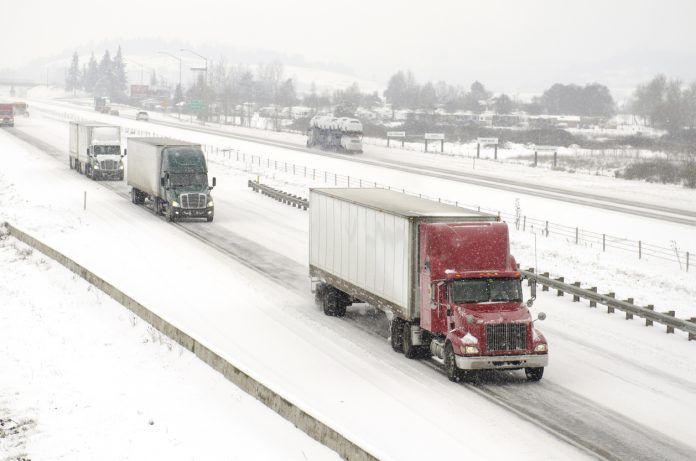Canada is a country of extremes, and the Western provinces of British Columbia, Alberta, Saskatchewan, and Manitoba embody this truth. From weather to terrain, the West has no shortages of challenges for the professional truck driver.
It also has no shortages of beautiful scenery and opportunities either, though. Those that run the Western provinces are able to see sights that people from all around the world pay big money to tour.
What if you’re new to this part of Canada, though, especially when driving a truck? This article will provide some brief background material on what to expect as a new driver when traveling from Manitoba to BC’s Lower Mainland.
We won’t, of course, be able to cover everything related to driving in these parts. But, we’ll provide a basic primer to help you get your head in the right space before venturing through the West.
What to Expect When Crossing the Prairies
The prairies are found in the Southern parts of Alberta, Saskatchewan, and Manitoba. They are characterized by wide open spaces, flat ground, and rural areas punctuated occasionally with towns and a few major cities.
Why does a truck driver need to prepare for driving through flat rural areas? Well, there are challenges related to the prairies that deserve consideration, and those that take this part of Canada for granted when driving may find themselves in unpleasant circumstances.
First, the large distances between urban centers makes for challenging parking. Yes, there are roadside pullouts, truck stops, and other places to park for the night. But don’t expect to be guaranteed a parking spot every half-hour. It’s very important to plan out your rest breaks. When in doubt and close to the end of your day, stop and rest! The prairies are notorious for fatigue, given the long distances and monotonous roadways.
Second, be careful at intersections! While major highways, like Highway 1, have many overpasses, prairies highways are full of level crossings controlled with stop signs. Naturally, disaster can strike should someone run a stop sign. Pay attention to your surroundings and slow down near intersections.
Third, the prairies are a place of weather extremes. Frigid winters give way to scorching summers, and the weather is often unpredictable. You should be prepared for late winter storms, rain, and high winds.
Fourth, be careful during the construction season. Work zones pop up as soon as there is a break in the winter weather. It can be easy to miss signs if you’re distracted, and that can lead to disastrous consequences. Pay attention to your surroundings and consider using digital trip planning aids, like each provinces’ 511 service, to learn about major potential disruptions to your trip.
What to Expect When Crossing the Rocky Mountains
Unlike the prairies, the Rocky Mountains have earned themselves a fearsome reputation amongst drivers due to their steep grades, tight curves, and winter weather. As a result, you may already be well-aware of what lies ahead and be nervous.
Nervousness isn’t a bad thing, at least if it helps you prepare and be cautious. However, you can learn to drive like a professional in the mountains if you take the time to prepare.
First, make sure your equipment and supplies are all in good shape and topped up. You can expect aggressive law enforcement near major cities and hills, and rightfully so: failed brakes and driver error have led to many collisions in Western Alberta and BC.
Second, know your route ahead of time. Construction, bad weather, closures, and collisions should be expected. Parking can also be challenging to find, and it’s often remote and without services (including cell reception) when you do find it.
Third, stop at brake checks and familiarize yourself with the route. You must pull into a brake check and stop! You then need to get out and confirm that your truck and trailer(s) are in safe condition for the descent ahead. Often, steep grades have signs posted that tell you what to inspect on your vehicle and what the grade looks like, including what’s at the bottom. Take the time to read and learn.
Fourth, descend grades slowly and under the engine’s brake! Save your service brakes for emergency stops and use. Brake fade can happen surprisingly quickly, and that’s why experienced professionals drive slowly down hill, flashers on, using the engine brake to hold their speed. And, if you feel like you’re losing control, use the emergency ramps – if they’re available.
Conclusion
This article has covered a few critical items for trucking through Western Canada. However, there’s much more to learn. Find your answers and help ahead of time.



















